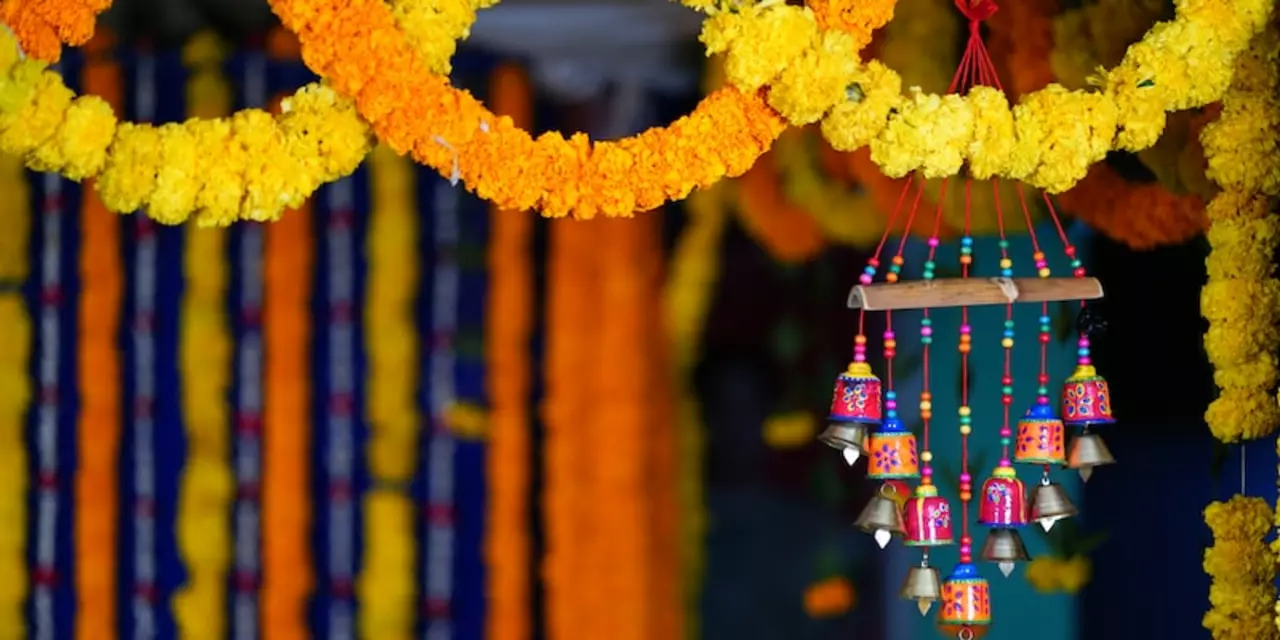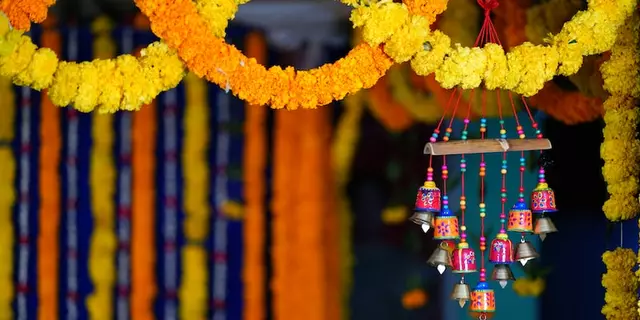Foreigners in India: Essential Tips and Insights
If you're planning to move to India, the first thing on your mind is probably the visa. India offers several visa categories – tourist, student, employment, and business – each with its own paperwork. Start by checking the official Indian visa portal, fill out the online form accurately, and keep copies of your passport, photos, and supporting documents. Most visas are issued for 30 days to a year, depending on the type, so pick the one that matches your stay length.
Once the visa is in hand, the next step is finding a place to live. Big cities like Delhi, Mumbai, and Bangalore have a range of options, from shared apartments to fully furnished rentals. Websites such as NestAway and Magicbricks let you filter by budget, location, and amenities. Remember to ask about the security deposit, electricity bills, and water supply before signing the lease.
Getting Around and Staying Safe
Transportation in India can feel chaotic, but it’s also a great way to experience daily life. Ride‑hailing apps like Uber and Ola work in most urban areas and are usually safer than hopping into a random auto‑rickshaw. If you’re comfortable with public transport, metros in Delhi, Kolkata, and Mumbai are clean, cheap, and punctual. Always keep a copy of your ID with you and avoid traveling alone late at night in isolated neighborhoods.
Safety tips are simple: keep your valuables out of sight, use reputable hotels or hostels, and stay aware of local customs. Learning a few Hindi phrases – “Namaste” for hello, “Shukriya” for thank you – goes a long way in building trust with locals and can help you avoid misunderstandings.
Work, Study, and Daily Life
Finding a job as a foreigner usually requires an employment visa sponsored by an Indian employer. Companies such as Infosys, Tata, and many startups are open to hiring international talent, especially in tech and management. Make sure your contract mentions the exact role, salary, and visa support. For students, an Student Visa grants access to universities and colleges, and you’ll need a university admission letter to apply.
Daily life in India offers a mix of modern comforts and traditional experiences. Street food is unbeatable – try a hot samosa or a plate of biryani – but keep an eye on hygiene. Use filtered water or bottled water to stay healthy, and get a basic medical insurance plan to cover emergencies.
Banking is straightforward once you have your PAN (Permanent Account Number) and Aadhaar card. Most banks offer NRI (Non‑Resident Indian) accounts that let you manage money in rupees and foreign currency. Setting up a mobile SIM card is easy; providers like Jio, Airtel, and Vodafone offer prepaid plans with decent data speeds.
Finally, immerse yourself in the culture. Attend local festivals like Diwali or Holi, explore heritage sites like the Taj Mahal, and try to understand the diverse languages and customs across the country. The more you engage, the richer your experience will be.
Living in India as a foreigner can be challenging, but with the right preparation it becomes a rewarding adventure. Keep these practical tips close, stay curious, and enjoy the journey.

Why don't foreigners consider India to live in?
- Date: 23 Jan 2023
- Author: Aarav Khatri
India has a lot of potential to attract foreigners and become a hub for international communities. However, there are several issues that make India a less desirable destination for foreigners to live in. These include poor infrastructure, crime and corruption, lack of basic services and amenities, religious and cultural intolerance, and language barriers. Additionally, India's bureaucracy and paperwork make it difficult for expats to gain long-term residency and citizenship. All these factors combined make India a less attractive option for foreigners to live in.




